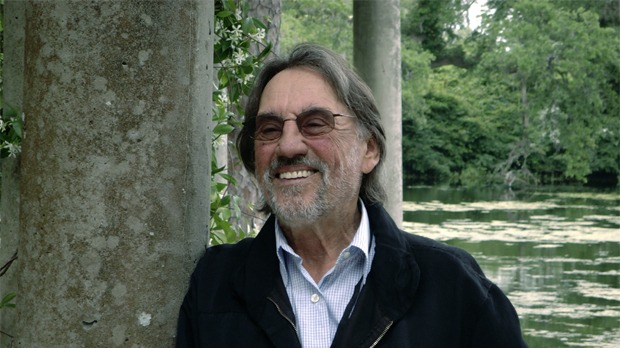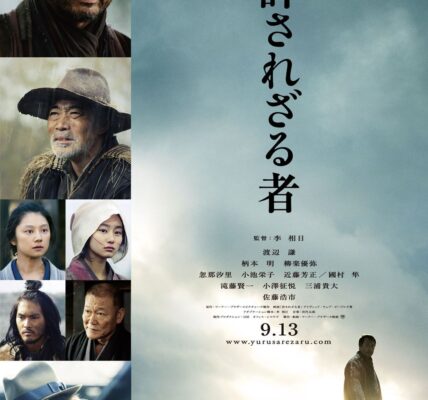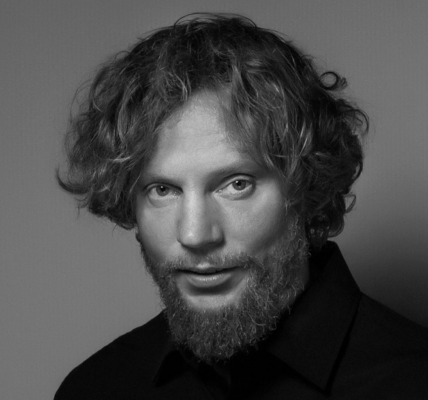Page Contents
- 1 Painting with Light: The cinematic art of Vilmos Zsigmond
- 1.0.1 ADDITIONAL QUESTIONS BEING ASKED IN THIS INTERVIEW:
- 1.0.1.1 • After such a long career, do you think you have created your own style of cinematography?
- 1.0.1.2 • If great cinematography is all about capturing light, does the medium on which you capture it, whether it is film or digital, really matter, or is their something in the organic nature of film that sets it apart?
- 1.0.1.3 • With all this digital technology in cinema these days, how much of the work is art and how much is now technology?
- 1.0.1.4 • Is there a particular process or routine you follow when you are working on a film?
- 1.0.1.5 • So what are your basic techniques?
- 1.0.1.6 • When film students come to you looking for advice about being a cinematographer, what do you usually tell them?
- 1.0.1.7 • Are there any particular techniques you used to enhance the look of the films you shot?
- 1.0.1.8 • What is your process for doing this?
- 1.0.1.9 To read the above article in its entirety, SUBSCRIBE to our PRINT EDITION. New to movieScope Magazine? Want to check out what we are all about before subscribing to the Print Edition? We now offer FREE access to Digital Editions of some of our most recent back issues!
- 1.0.1 ADDITIONAL QUESTIONS BEING ASKED IN THIS INTERVIEW:
- 1.1 Author
Painting with Light: The cinematic art of Vilmos Zsigmond
Vilmos trained at the State Academy of Theatre and Film Art, Budapest, in his native Hungary, with his lifelong friend László Kovács. During the popular uprising in 1956, the pair filmed the battle between the Russians and the people of Budapest, before fleeing the country, smuggling the film with them, at great risk to their lives.
They arrived in the US, with the film, as political refugees in 1957, eventually ending up in Hollywood where they worked on low-budget movies for the likes of Roger Corman, before meeting up with Peter Fonda and the rest of the new wave directors. Vilmos went on to shoot classic films of the era such as: MCCABE & MRS. MILLER, DELIVERANCE, CLOSE ENCOUNTERS OF THE THIRD KIND (for which he won an Oscar®), THE DEER HUNTER and the infamous HEAVEN’S GATE, as well as many more since.
movieScope caught up the Vilmos at the Thessaloniki Documentary Festival where the film NO SUBTITLES NECESSARY: LÁSZLÓ & VILMOS (Dir: James Chressanthis), about the lives and work of these two great cinematographers, was showing. This is an extract of a long conversation.
How is it that you and your close friend László Kovács made so many great films and yet today we don’t seem to have this ability, as a culture, to make as many good films as often?
When you think about it, it is actually 50 years of work. I came from Hungary in 1957 and I ended up in Hollywood, and it took me ten years until I did my first big movie with Peter Fonda. Those days were terrific, the American new wave started, which was basically American independent movies made by a younger generation of directors that represented more the European style, Italian Neo-realism and the French New Wave. We basically started to emulate that style, with László and myself, Haskell Wexler, Conrad L. Hall, Johnny A. Alonzo, Gordon Willis, we were the new generation of cinematographers. We just happened to be there at the right time. Those were the days when a young director with a good story could make a movie without any interference from the studios. The director was really the King on the set, and as the cinematographer I could do everything I wanted without any interference from studio people. All I had to do was listen to my director, and do my job the best I could.










